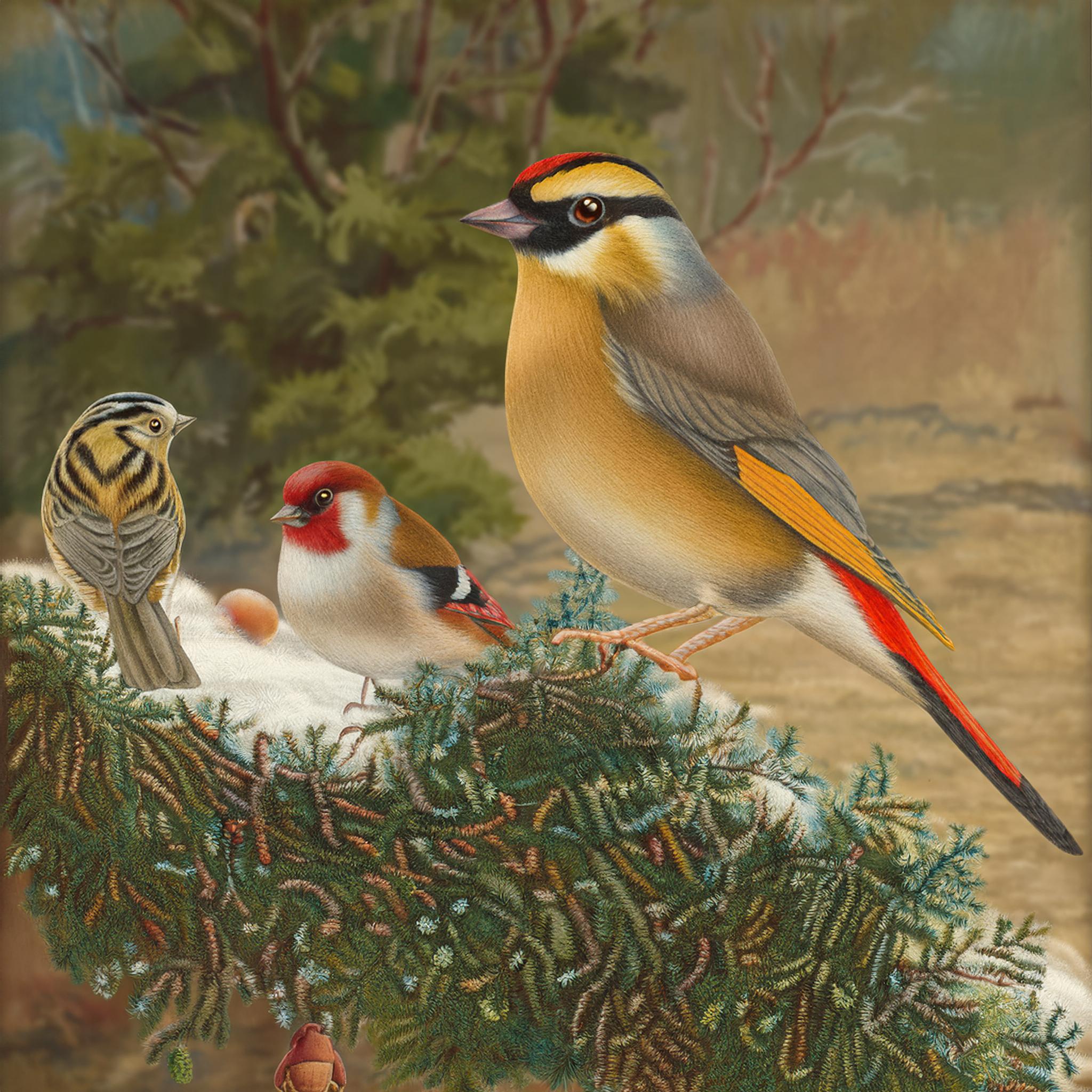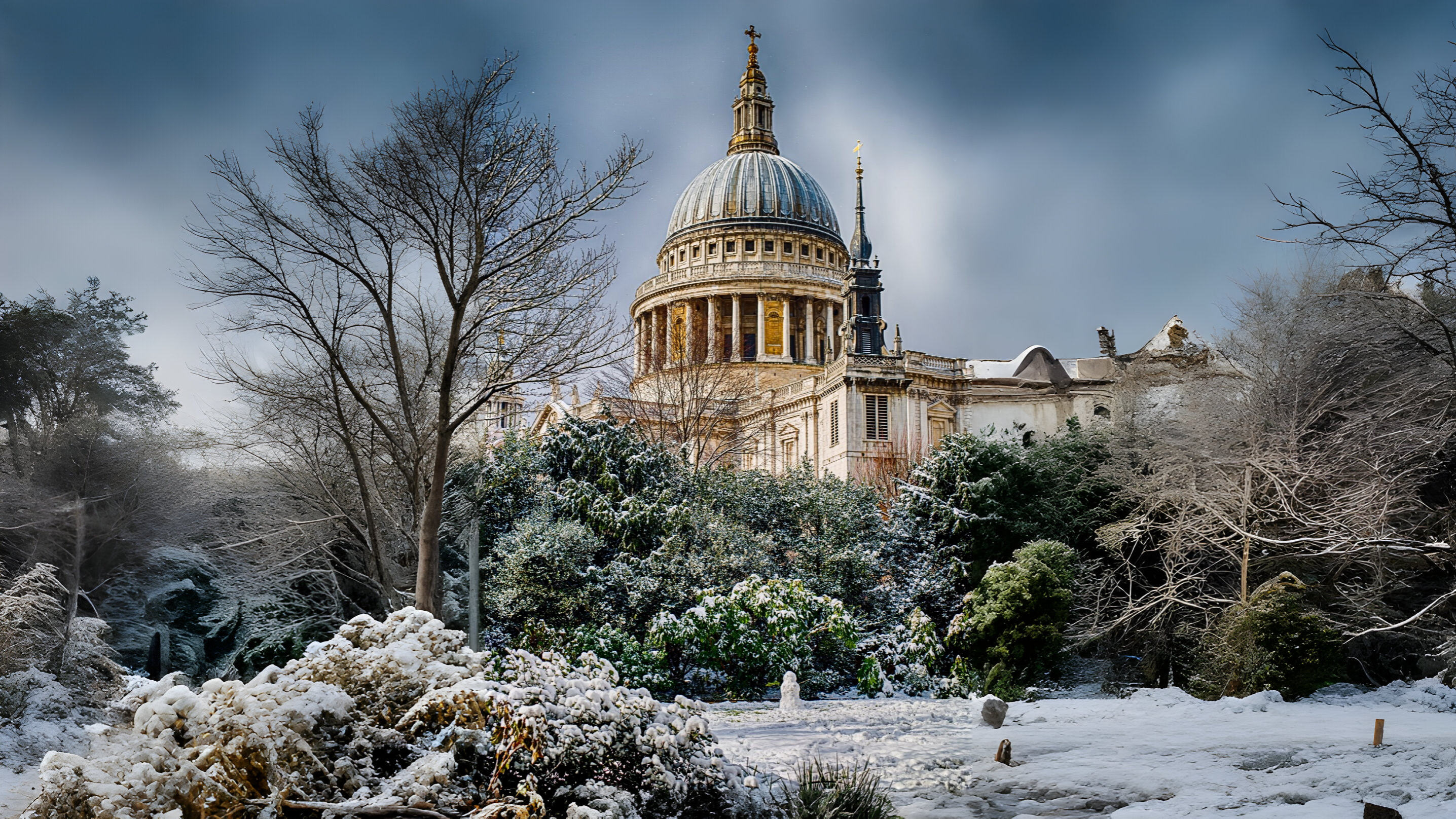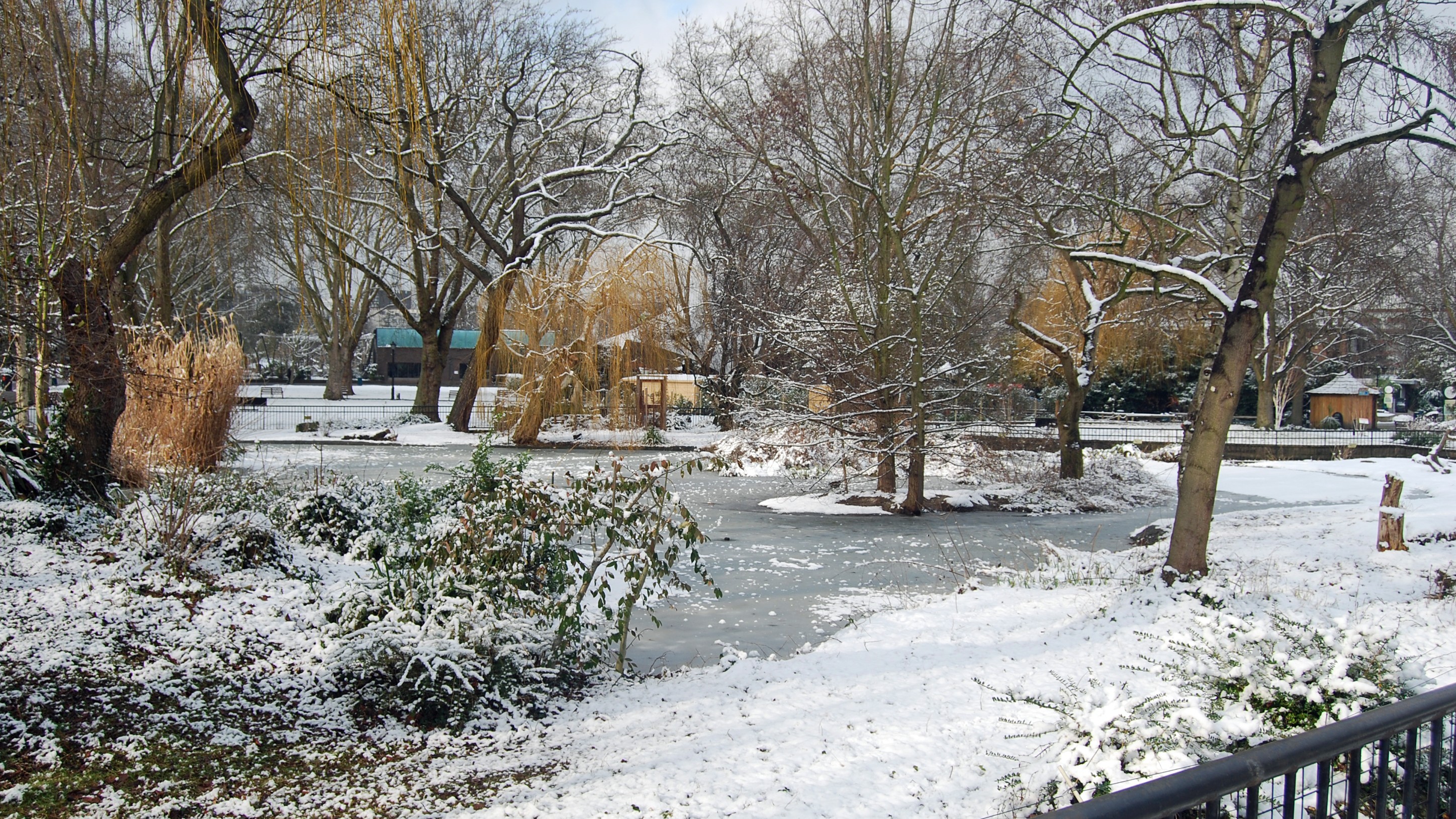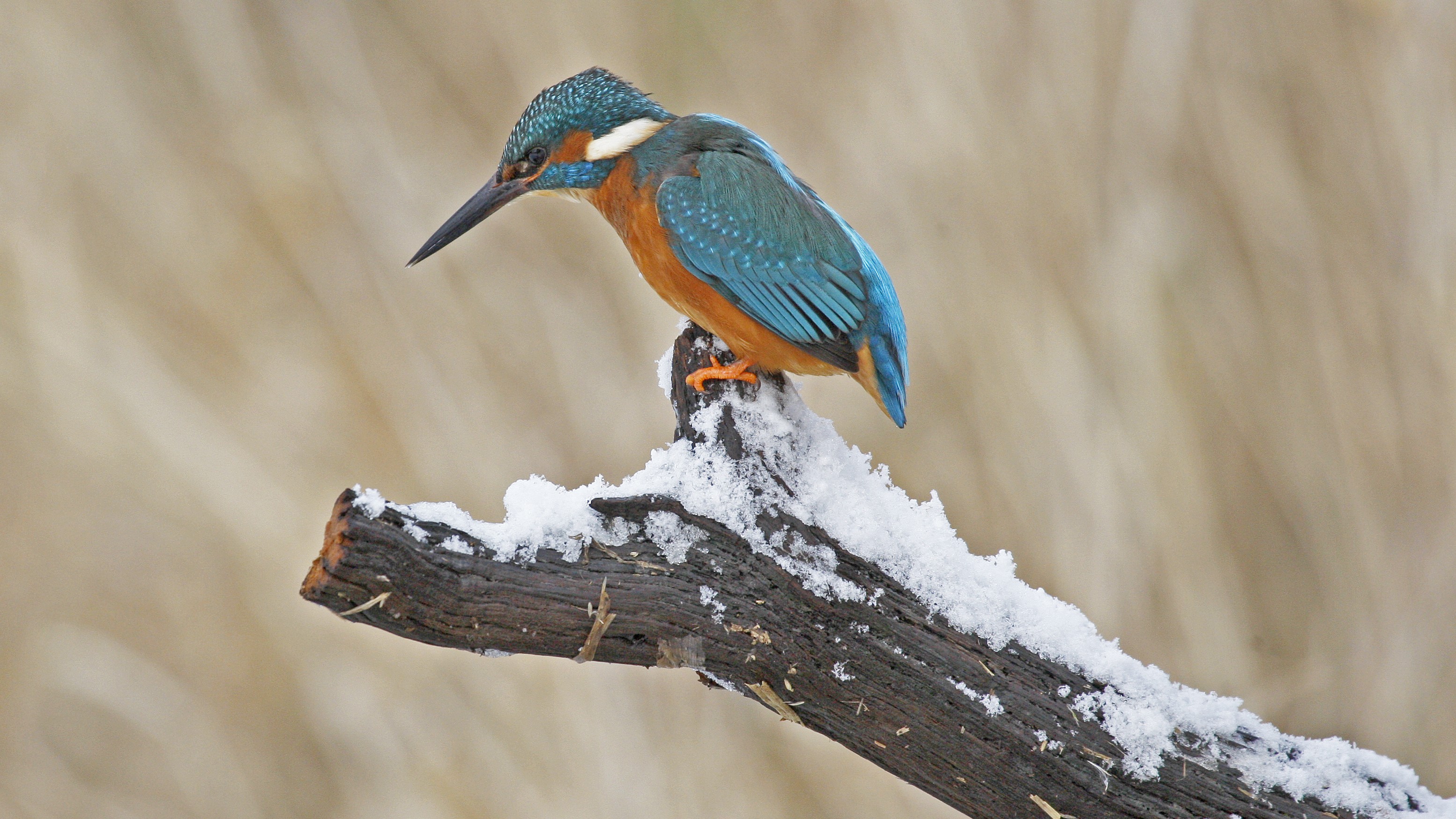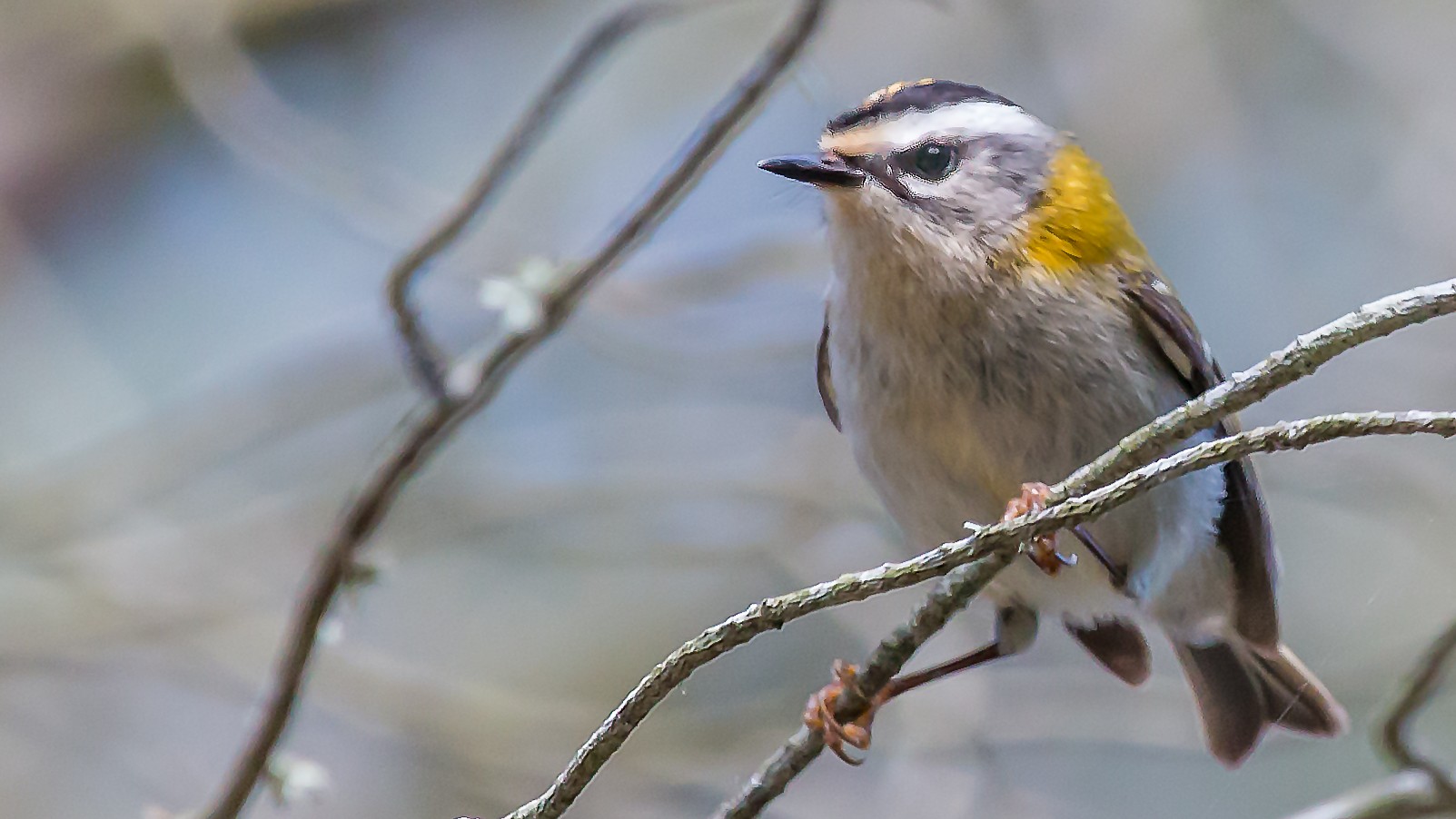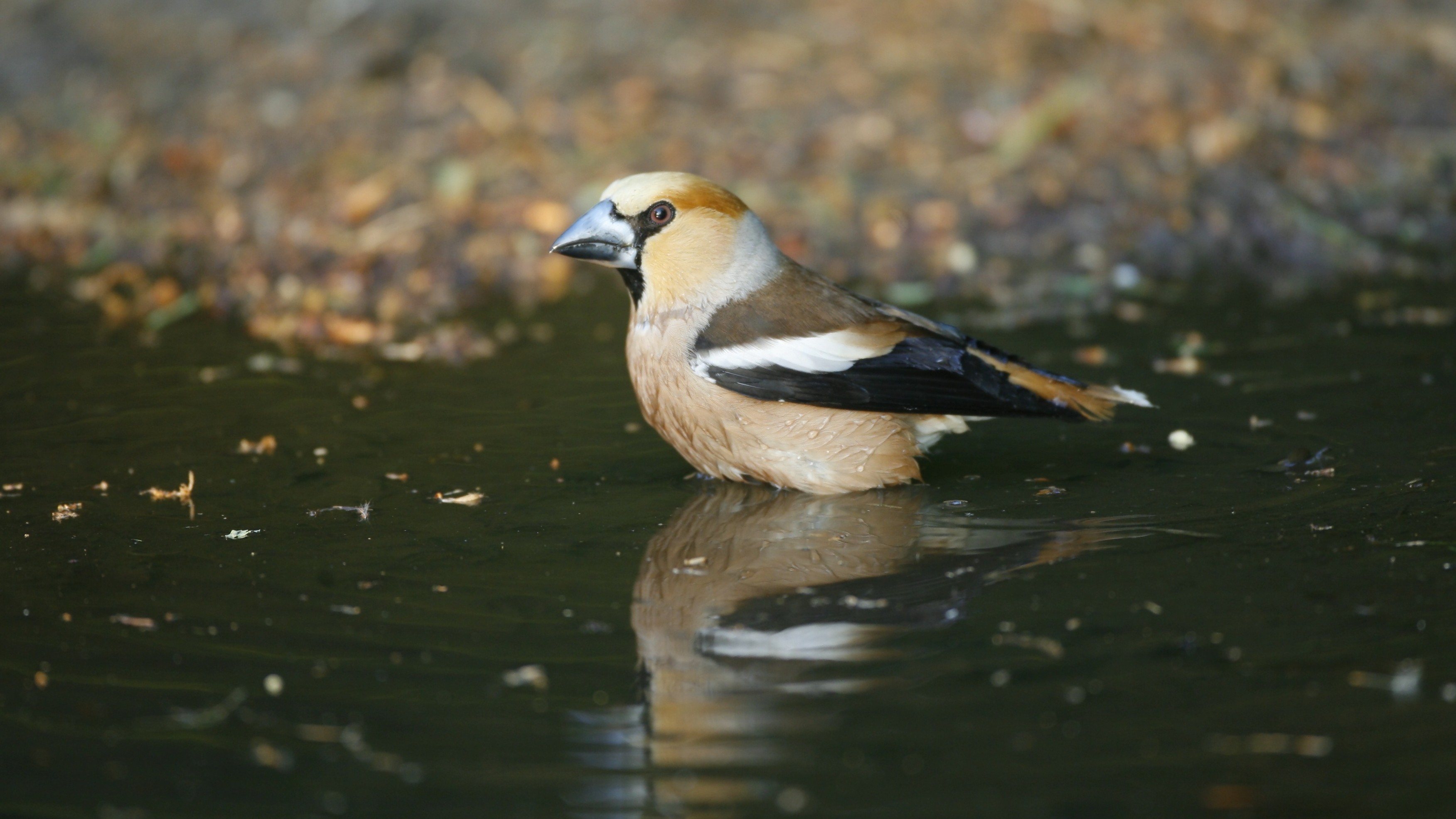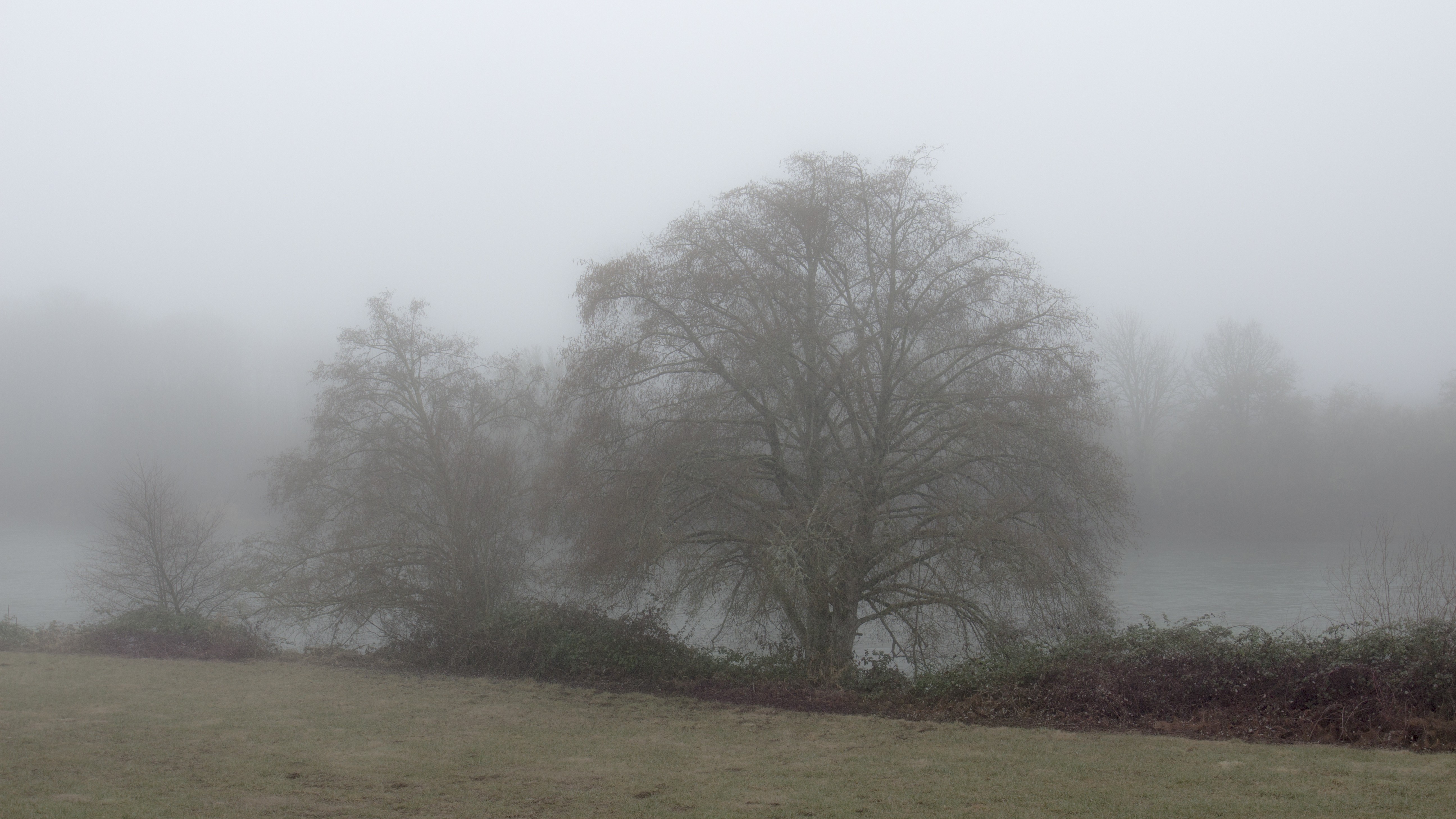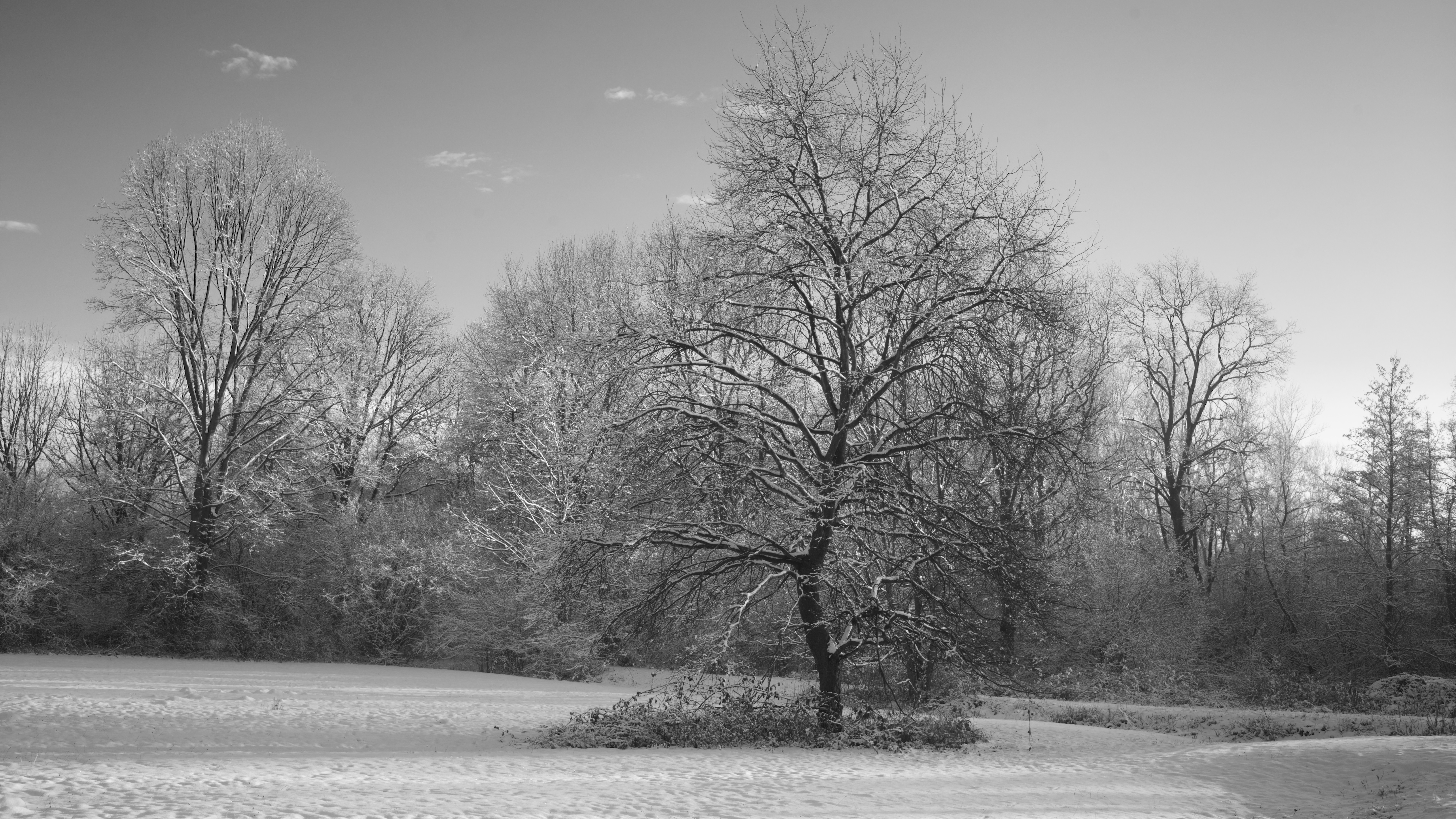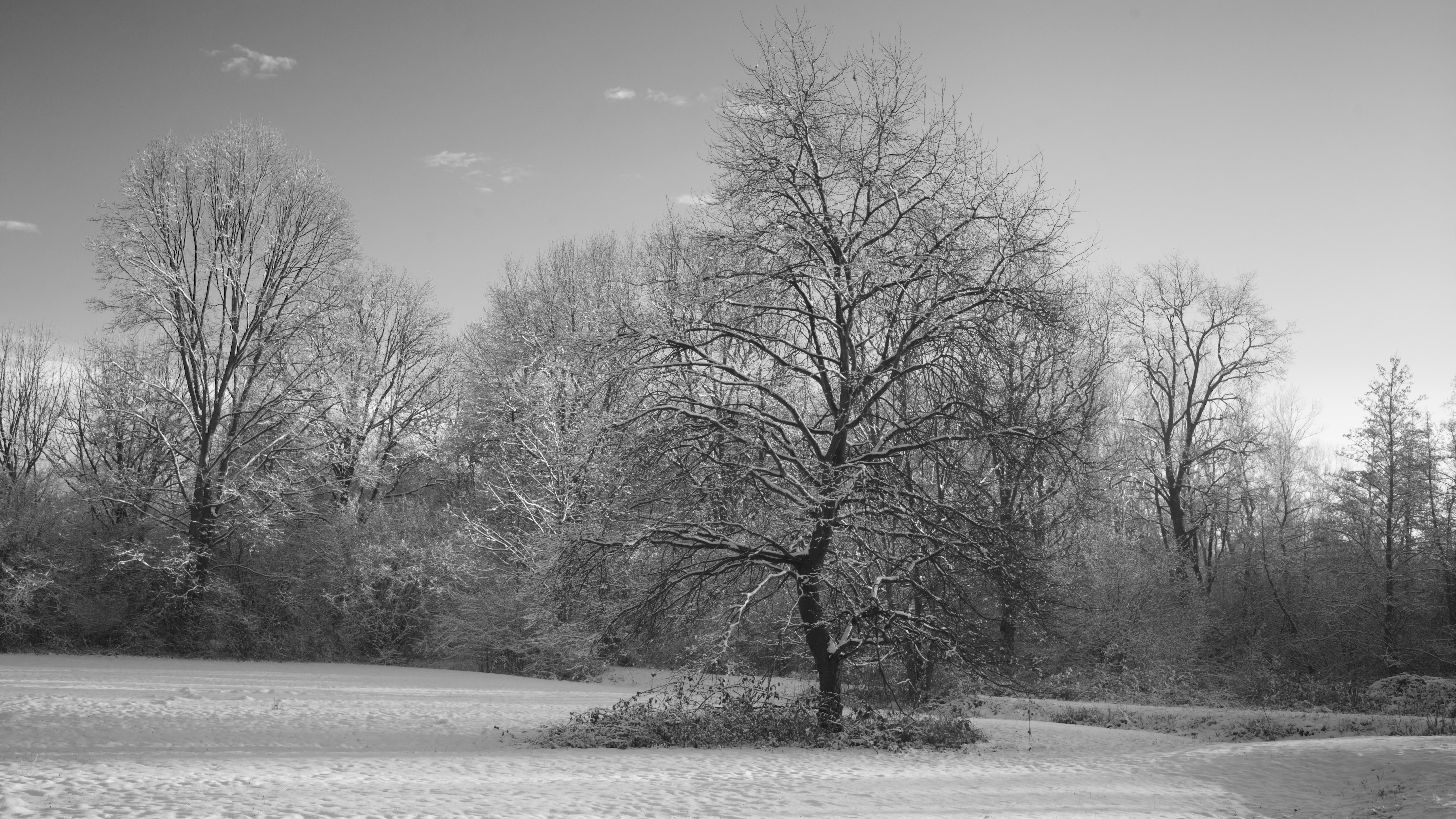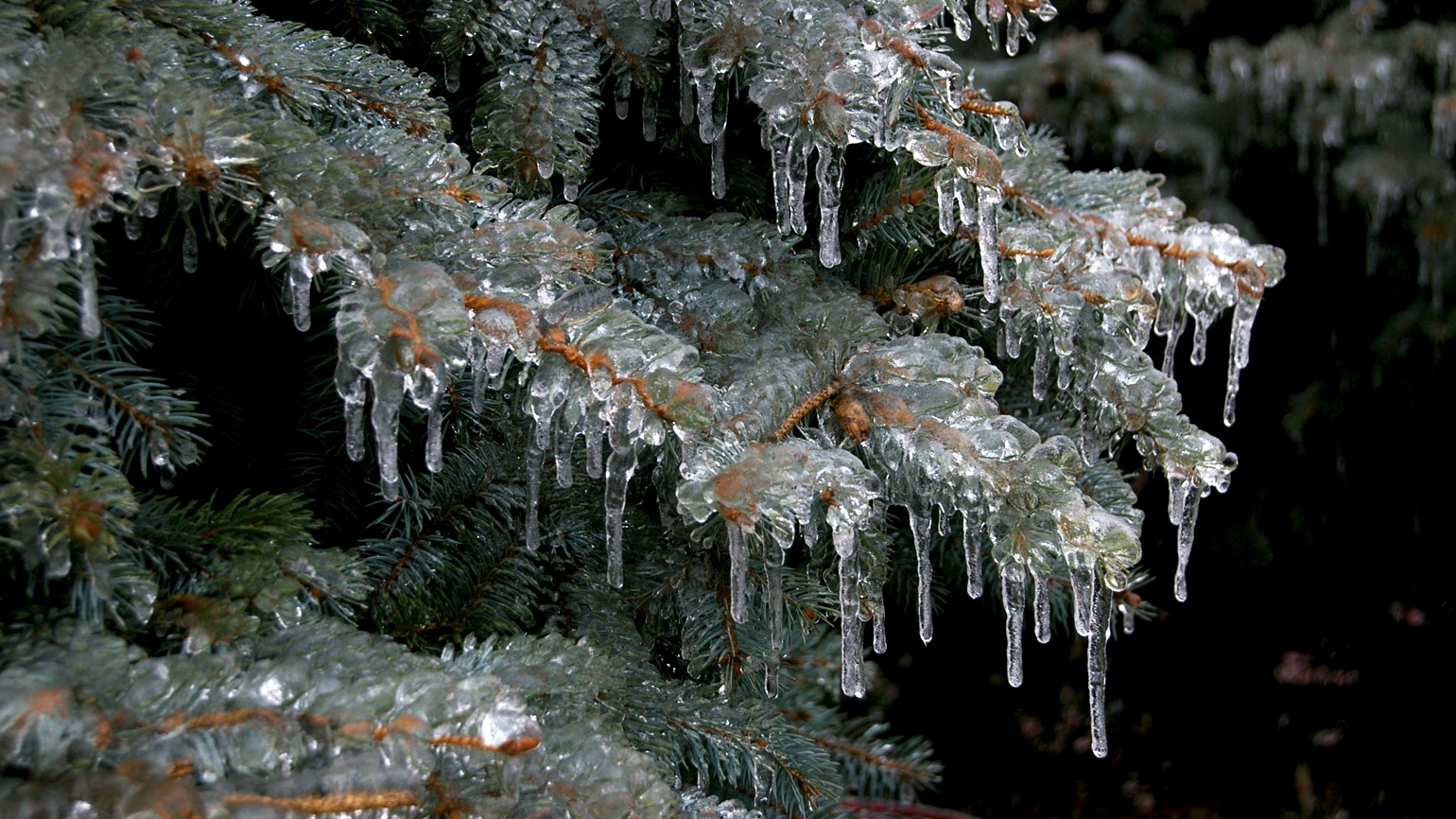‘A winter such as when birds die
In the deep forests, and the fishes lie
Stiffened in the translucent ice, which makes
Even the mud and slime of the warm lakes
A wrinkled clod, as hard as brick; and when
Among their children, comfortable men
Gather about great fires, and yet feel cold;
Alas! then, for the homeless beggar old.’
(Shelley)
